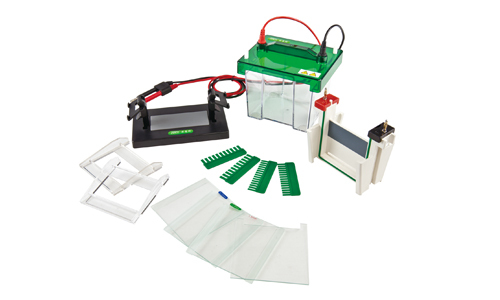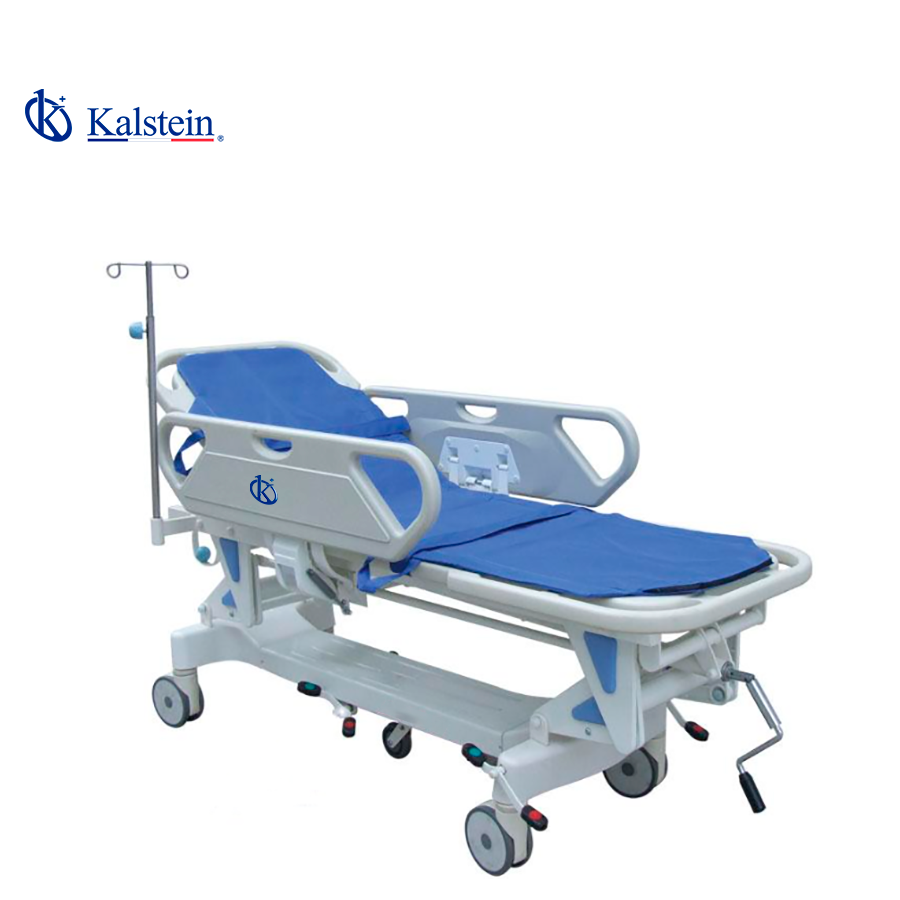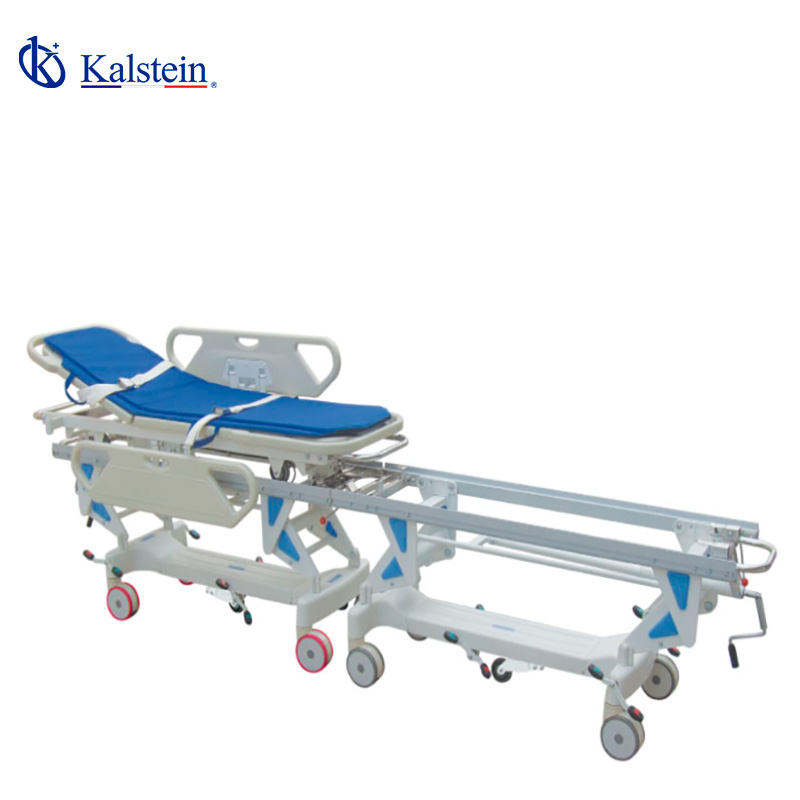Generally, electrophoresis is a systematized practice, in which it is used by electrical current to biological molecules, and separated according to sizes. It is a laboratory technique, which is used to separate DNA molecules, RNA or proteins, depending on their size and electrical charge.
They are applied in forensic medicine, to calculate the identity of the samples by linking the electrophoresis pattern. Also, they are very important in the exploration for proteins, and in the investigation of genetic mutations, performing diagnostic tests by electrophoresis. It is a technique widely used in basic research, very important for the understanding of the function of genes and proteins, but has now burst into the area of clinical and forensic diagnosis.
Applications and Usage
Electrophoresis is a practice to separate DNA fragments (or other macromolecules, such as RNA and proteins) by their size and charge. It consists of applying a current through a gel containing the molecules of interest. Based on their size and charge, the molecules will move through the gel in different directions or at different speeds, separating them from each other. It is used, usually for analytical purposes, but may be a preparatory technique for refining molecules in part before applying mass spectrometry, PCR, cloning, or DNA sequencing.
With electrophoresis cell equipment, an electrical current is used to move the molecules through a gel, or another matrix. The pores of the gel or matrix act as a sieve and allow the smaller molecules to move faster than the larger molecules, using standards of known sizes, which are separated into the same gel and then compared to the sample.
Notably, electrophoresis is also used more often, when a doctor suspects a disease or condition that causes the production of a monoclonal protein. Once a disease or condition has been diagnosed, electrophoresis can be used at regular intervals, to monitor the course of the disease and the effectiveness of treatment.
Types of Electrophoresis
Basically, electrophoresis is a technique able to measure specific proteins in the blood and separate the elements, according to their electrical load. They are often used to find abnormal substances called M-proteins.
According to this, there are different types, which are:
- Polyacrylamide gel protein electrophoresis or vertical electrophoresis: is one of the most used processes for disinfection, analysis and characterization of proteins, it allows separating charged molecules, and discharges differences in mobility, when they are subjected to the action of an electric field.
- Agarose gel protein electrophoresis or horizontal electrophoresis: Applies methods to separate nucleic acids into DNA fragments. It is based on the fact that nucleic acids are negatively charged due to phosphate groups, allowing the electric field to shift from the negative pole to the positive pole. This separation will be carried out in a solid matrix, agarose gel and influences its development in the speed with which nucleic acid migrates in the gel, taking into account the size of the molecule, the concentration of agarose and the conformation of DNA.
Kalstein electrophoresis
We at Kalstein, are trained to meet the demands of our users, regarding the selection of laboratory equipment, we offer you, the Gel Electrophoresis Cell, corresponding to the YR series, which have attractive features, such as: The installation of the glass plate in only 15 seconds, and does not need the knob, is fast and convenient. With the modular gel manufacturing device, you can create multi-plate gel at the same time. Safety cover opening button design, convenient cover opening. The abundant buffer not only guarantees cooling effects, but also keeps the pH value stable throughout the experiment process. Auto-off when the lid is removed.
To learn more about our products, visit HERE
At Kalstein, as manufacturers, we provide all the advice our customers need, so that their purchase is ideal, and at excellent prices.
Come visit us at HERE



